LEE
Alva
Tucked along the Caloosahatchee River east of Fort Myers, this quiet, rural town continues to feel like Old Florida. Alva’s citrus groves, cattle pastures, and oak-shaded trails offer space for horseback riding and outdoor recreation. Though often assumed to honor inventor Thomas Alva Edison, the town was named for the small white “alva” flowers discovered here by sea captain Peter Nelson in the late 1800s. Residents’ commitment to preservation over progress keeps Alva’s open skies and peaceful charm intact.
Babcock Ranch
Straddling the Lee and Charlotte county line, Babcock Ranch holds the distinction of being America’s first solar-powered town. Designed for sustainable living and outdoor adventure, its walkable neighborhoods, preserved greenways and freshwater lakes invite residents to bike, kayak and explore. Founder’s Square remains a lively center for outdoor concerts, restaurants and family gatherings nearly every weekend. With festivals, wellness activities and top-rated schools within walking distance, Babcock Ranch consistently sets the standard for eco-conscious Florida living.
Bonita Springs
Between Naples and Estero, Bonita Springs blends laid-back coastal living with creative energy. Visitors head to Lovers Key State Park for kayaking and wildlife viewing, while locals frequent the Old 41 corridor for outdoor dining and community events. Shangri-La Springs — a 1920s hotel transformed into a wellness retreat — reflects the town’s history, while the Centers for the Arts Bonita Springs and the Wonder Gardens are hallmarks of its rich cultural identity. The downtown area is home to many unique restaurants, breweries and live music venues. Growth here has been steady, yet Bonita’s coastal elegance and small-town spirit endure.
Cape Coral
Known as the “Waterfront Wonderland,” Cape Coral boasts more than 400 miles of navigable canals — more than Venice, Italy. Founded in the late 1950s by brothers Leonard and Jack Rosen, it has grown into the largest city in Southwest Florida. Today, Cape Coral is a haven for boaters, anglers and families, with more than 1,500 acres of parks and preserves, a bustling farmers market in South Cape and a growing downtown scene. Modern and approachable, The Cape seamlessly blends its waterways, community and coastal lifestyle.
Estero
Once home to the Koreshan Unity settlement, whose utopian ideals are preserved at Koreshan State Park, Estero has transformed into one of Lee County’s most dynamic residential and commercial areas. Its location between Naples and Fort Myers makes it a hub for shopping and entertainment, anchored by Coconut Point, Miromar Outlets and Hertz Arena. Concerts, hockey games, and festivals draw visitors, while riverfront parks and nature trails preserve ties to the past. Estero’s balance of growth and green space reflects its evolution from pioneer settlement to thriving suburb.
Fort Myers
Steeped in history and fueled by creativity, Fort Myers remains the cultural heart of Lee County. Once home to the Calusa and later the winter retreat of Thomas Edison and Henry Ford, the city now thrives on its blend of heritage and innovation. The downtown River District showcases restored architecture, independent dining and a thriving arts scene that is home to the Sidney & Berne Davis Art Center, Florida Repertory Theatre and Laboratory Theater of Florida. With spring training, concerts, and waterfront festivals, Fort Myers continues to embody Southwest Florida’s unique energy.
Fort Myers Beach
Reimagined and resilient after Hurricane Ian, Fort Myers Beach continues to rebuild with heart and purpose. Stretching seven miles along Estero Island, it remains a favorite for shelling, dolphin tours and Gulf-front dining. The Mound House — a restored 1906 home atop an ancient Calusa shell mound — connects visitors to the island’s earliest roots. With new restaurants, piers and beach cottages opening, Fort Myers Beach blends renewal with nostalgia, welcoming locals and visitors to marvel at the beauty of spectacular sunsets and the resilience of local spirit.
Lehigh Acres
Lehigh Acres has grown into one of Florida’s largest unincorporated communities, offering both affordability and access to Naples and Fort Myers. More than 120,000 residents enjoy the neighborhood parks, preserves, and golf courses, including Westminster Golf Club. Outdoor enthusiasts explore Hickey Creek Wildlife Area and Frank Mann Preserve, while boaters use the Alva Boat Ramp to reach the Caloosahatchee River. With steady growth, new schools, and expanding businesses, Lehigh Acres continues to strike a balance between suburban comfort and its rural character.
Sanibel and Captiva
Sanibel and Captiva Islands capture an idyllic vision of tropical living. The islands feature 25 miles of bike trails, world-class shelling and some of Florida’s most cherished wildlife habitats. The J.N. “Ding” Darling National Wildlife Refuge draws birdwatchers from around the world, while the Bailey-Matthews Shell Museum and Lighthouse Beach Park remain enduring landmarks. Beloved institutions like The Bubble Room and Keylime Bistro preserve the islands’ whimsical side. Though hurricane recovery continues, Sanibel and Captiva’s coastal charm and ecological focus remain timeless.
COLLIER
Ave Maria
Thirty miles east of Naples, Ave Maria continues to evolve as one of Collier County’s newest and most distinctive communities. Founded in 2005 through a partnership between Ave Maria Development, Barron Collier Companies, and Domino’s Pizza founder Tom Monaghan, the town officially opened in 2007 at the same time as Ave Maria University. Its dramatic cathedral, inspired by Frank Lloyd Wright’s work, remains its architectural and spiritual centerpiece. With its parks, schools and family-focused design, Ave Maria has matured into a thriving modern community in the heart of the countryside.
Everglades City
Known as the “Gateway to the Ten Thousand Islands,” Everglades City remains a historic fishing village surrounded by mangroves and unspoiled wilderness. Once the Collier County seat, it retains its Old Florida flavor with airboat tours, stone crab shacks and stilted cottages along the Barron River. The town proudly hosts the annual Everglades Seafood Festival each February, celebrating local heritage and the start of stone crab season. With nearby access to Everglades National Park and Big Cypress National Preserve, it remains a rare link between Florida’s past and its wild, natural heart.
Immokalee
In the Seminole language, Immokalee means “my home” — a fitting name for this agricultural powerhouse in northern Collier County. Known for producing much of America’s winter tomatoes, the community thrives on its deep roots in farming and cultural diversity. The Seminole Casino Hotel enhances the area’s entertainment and dining options, while the Immokalee Pioneer Museum at Roberts Ranch preserves the stories of early settlers. Surrounded by wide-open land and nature preserves, Immokalee continues to strike a balance between modern progress and the hardworking heritage that defines it.
Marco Island
The largest of the Ten Thousand Islands, Marco Island remains a tropical playground just south of Naples. Marco’s six miles of sugar-white sand and clear Gulf waters make it ideal for kayaking, paddleboarding and sunset sailing. Tigertail Beach draws birdwatchers and shell collectors, while the Marco Island Historical Museum showcases the island’s Calusa roots and the famed Key Marco Cat. Elegant resorts, local dining and year-round festivals maintain Marco’s reputation as a laid-back yet luxurious coastal retreat.
Naples
Perennially ranked among the nation’s best places to live, Naples shines with a blend of sophistication and coastal ease. Its beaches — from Lowdermilk Park to Clam Pass — are known for their white sand and gentle surf, while Fifth Avenue South and Third Street South provide boutique shopping, dining and art. Tin City retains a nostalgic, maritime feel, and Artis—Naples cements the city’s thriving arts scene. With elegant neighborhoods, golf courses and community events, Naples continues to define the good life on Florida’s Gulf Coast.
CHARLOTTE
Boca Grande
Perched on Gasparilla Island, Boca Grande remains one of Florida’s most exclusive coastal enclaves, where pastel cottages, turquoise water and understated elegance meet. The historic Gasparilla Inn, built in 1911, features a world-class golf course, spa and dining venues that attract visitors from around the globe. Bicyclists and beachgoers enjoy the scenic six-mile trail that winds past streets lined with banyan trees and white-sand beaches. Famous for tarpon fishing and timeless charm, Boca Grande continues to embody Gulf Coast grace.
Englewood
Straddling the Charlotte and Sarasota county line, Englewood carries the relaxed rhythm of a classic beach town. Founded in 1896 by three Illinois brothers, it quickly gained a reputation for fishing, boating, and winter retreats. Today, Manasota Key’s pristine beaches and Englewood’s eleven golf courses make it a haven for recreation. Enriched by live music, art shows and local theatre, Englewood blends small-town authenticity with creative energy.
Pine Island
Rustic, artistic and surrounded by mangroves, Pine Island feels worlds apart from modern Florida. The state’s largest Gulf Coast island is known for its mango farms, fishing guides and local galleries. Visitors can explore the Calusa Heritage Trail or take a ferry to Cayo Costa State Park for a day of shelling and solitude. The island’s smaller communities — Matlacha, Bokeelia, and St. James City — each have their own unique character, while Tarpon Lodge remains a landmark for old-Florida dining and hospitality.
Port Charlotte
At the meeting of the Peace River and Charlotte Harbor, Port Charlotte thrives as a retreat for those who love life on the water. With 165 miles of canals and convenient access to open water, it’s ideal for boating, fishing and kayaking. Tippecanoe Environmental Park and Charlotte Sports Park — spring training home of the Tampa Bay Rays — highlight its blend of recreation and community life. From local seafood spots to quiet parks, Port Charlotte offers a relaxed an, affordable Gulf lifestyle.
Punta Gorda
Along the Charlotte Harbor shoreline, Punta Gorda’s 2.5-mile Harborwalk leads past marinas, public art displays and the popular Fishermen’s Village. Visitors explore the Peace River Botanical & Sculpture Gardens and the Charlotte Harbor Environmental Center, while animal lovers frequent Octagon Wildlife Sanctuary and Iguanaland. Known for its tarpon fishing, art festivals and walkable downtown area, Punta Gorda captures the easy rhythm of Southwest Florida living.



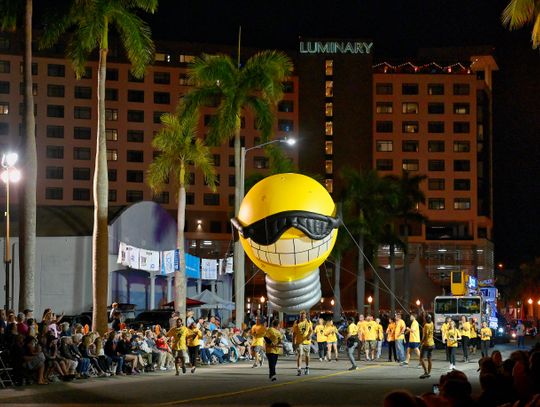

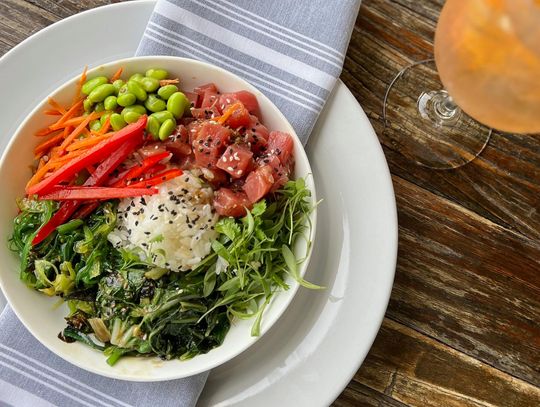

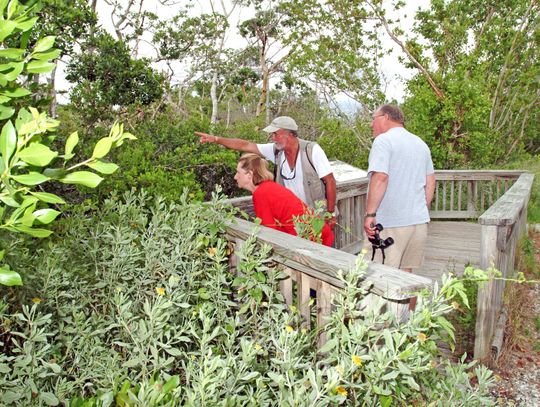










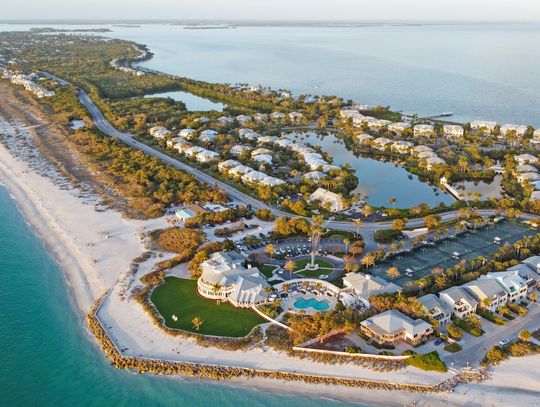


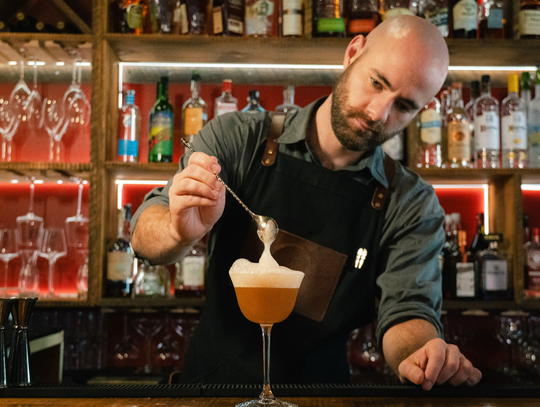

Comment
Comments